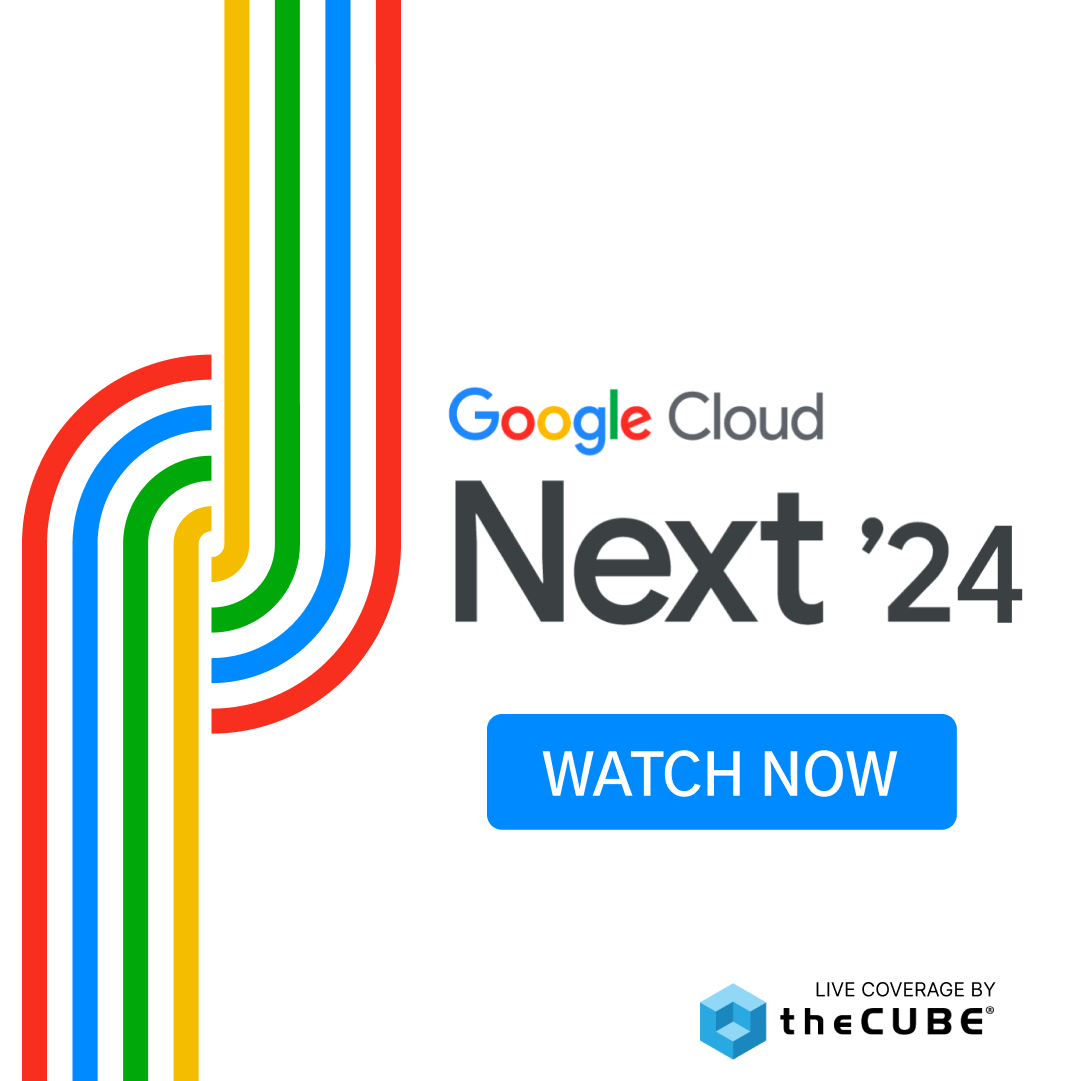Apple and LTE: What to Expect
Have you ever used LTE? If you live in the U.S. and you consider the four major carriers, using LTE means Verizon Wireless, which has launched LTE in most major cities. Verizon has at least three smartphones, two mobile hotspots and one tablet available with LTE, with many more LTE products coming in the next few weeks alone.![]()
The speeds available on Verizon’s LTE network are dramatically superior to any other cellular data network. I typically get 15-20 meg down and 7-12 meg up. More importantly, latency is what counts for most experiences, including Voice over IP (VoIP) and video chat.The latency on Verizon’s LTE is about four times better (i.e,. lower) than other cellular data networks.
AT&T is set to launch LTE in the next few weeks, initially in five cities followed by another 10 cities in the fourth quarter. Both Verizon and AT&T look to be “done” with building out LTE for about 95% of the U.S. population by the end of 2013. Sprint and its 50%-owned Clearwire are also looking to add LTE starting perhaps by the end of 2012, but realistically in 2013.
If you want to buy a smartphone or tablet today with embedded LTE, your only choice is Android. No iOS, no BlackBerry from Research In Motion, no Microsoft Windows.
How soon does Apple want to engage with Google’s Android on the LTE playing field? If history is any guide, probably not until closer to mid-2012. Here are the issues.
1. Apple’s radio technology conservatism
Apple is a very innovative company in many areas, including industrial design, software and services. One area in which Apple is very conservative, however, is with respect to adopting new radio technologies. Specifically, when the first iPhone launched in 2007, it was EDGE only, despite that HSPA (“3G”) was commonplace in the market.
Here is one of the problems with this theory: It is based on exactly one data point, the first iPhone in 2007 as I mentioned. We talk about Apple being so conservative in its choice of radio technology, but seriously — one data point?
2. Battery life issues
Now we are getting somewhere. It is absolutely true that the battery life of the current LTE devices range from very bad to terrible. However, if you have used many Android devices you already know that Android has horrible battery life to begin with. It is rare that I have ever experienced more than three hours battery life on an Android, with the average closer to two hours. So how much worse can LTE really be?
That said, Apple will be particularly unhappy to accept a worsening in battery life from the iPhone 4 strong battery life performance. One can probably safely assume that Apple wants the iPhone 5 to be thinner than the iPhone 4, which all other things equal would not match that battery life objective.
One way to solve this dilemma would be to make a special version of the iPhone for Verizon and AT&T, which would be thicker because of LTE. I would love this, and it makes perfect sense, but somehow it doesn’t fit Apple’s minimalist philosophy. This brings us to issue number 3.
3. LTE is highly fragmented
Verizon and AT&T run LTE close to 700 MHz, but it appears there will not be a single chip available to handle both carriers, at least not in the near term. In other countries, LTE will run on a plethora of frequencies, and good luck waiting for a chip that can handle all of them. This will be a great business for the undisputed LTE leader, Qualcomm, but a nightmare for Apple, and for that matter for the consumers.
Let’s forget about the international markets for a moment. Generally speaking, LTE is only available in a few cities, such as Oslo and Stockholm. If Apple wants to offer an LTE iPhone in the U.S., it would appear that it could not even serve these two carriers — AT&T and Verizon — with one common device. Again, this rubs Apple the wrong way, but what if this problem doesn’t go away even in time for the iPhone 6 sometime around mid-2012? If so, this inconvenience is in and of itself no reason to wait.
4. What about the iPad?
One problem is a lot less with the iPad than with the iPhone, and that’s battery life. With a battery at least three times to four times larger, the additional requirements of LTE can be absorbed in the iPad. This should point to it being more likely for Apple to put LTE in the iPad 3 before the iPhone 5. The counter-point to this is that Apple tends to want to introduce new technologies in the iPhone — not the iPad. Witness FaceTime, for example.
5. The hard nut: Competitive requirements
There is every reason to believe that the iPhone 5 will be class-leading in almost every respect. That said, if the iPhone 5 doesn’t have LTE for Verizon and AT&T customers, it ![]() may start feeling old much too soon. Samsung, HTC, LG and soon Motorola have LTE smartphones and in some cases tablets in the market. This may not be on top of most consumers’ minds now in August 2011, but what about next January? Or perhaps even sooner?
may start feeling old much too soon. Samsung, HTC, LG and soon Motorola have LTE smartphones and in some cases tablets in the market. This may not be on top of most consumers’ minds now in August 2011, but what about next January? Or perhaps even sooner?
History suggests Apple will not be introducing an LTE iPhone or iPad this September/October. But as they say, history always repeats itself, right up to the point when it doesn’t anymore. If I am right about LTE not being a part of the iPhone 5, and any new iPad to be launched also in October, it may just mean that the iPhone product cycle turns out to be faster next time around, so that we won’t have to wait until September/October 2012 for LTE products from Apple.
One thing is clear: Whether it happens in October, or some time in 2012 or a combination of both, LTE is one reason — not the only one — why it will most likely be supplying a longer list of models (SKUs) for its iOS (iPhone and iPad) products than it is currently doing. The size and complexity of the mobile device business means that Apple’s long-standing simplicity of product portfolio will be impossible to maintain going forward.
[Cross-posted at The Street]
A message from John Furrier, co-founder of SiliconANGLE:
Your vote of support is important to us and it helps us keep the content FREE.
One click below supports our mission to provide free, deep, and relevant content.
Join our community on YouTube
Join the community that includes more than 15,000 #CubeAlumni experts, including Amazon.com CEO Andy Jassy, Dell Technologies founder and CEO Michael Dell, Intel CEO Pat Gelsinger, and many more luminaries and experts.
THANK YOU









